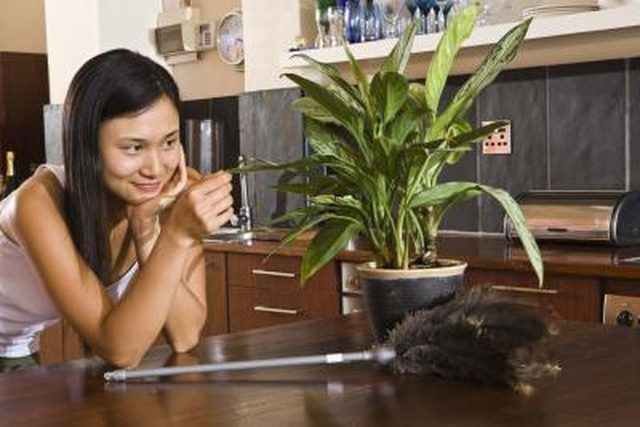Bulbs
Flower Basics
Flower Beds & Specialty Gardens
Flower Garden
Garden Furniture
Garden Gnomes
Garden Seeds
Garden Sheds
Garden Statues
Garden Tools & Supplies
Gardening Basics
Green & Organic
Groundcovers & Vines
Growing Annuals
Growing Basil
Growing Beans
Growing Berries
Growing Blueberries
Growing Cactus
Growing Corn
Growing Cotton
Growing Edibles
Growing Flowers
Growing Garlic
Growing Grapes
Growing Grass
Growing Herbs
Growing Jasmine
Growing Mint
Growing Mushrooms
Orchids
Growing Peanuts
Growing Perennials
Growing Plants
Growing Rosemary
Growing Roses
Growing Strawberries
Growing Sunflowers
Growing Thyme
Growing Tomatoes
Growing Tulips
Growing Vegetables
Herb Basics
Herb Garden
Indoor Growing
Landscaping Basics
Landscaping Patios
Landscaping Plants
Landscaping Shrubs
Landscaping Trees
Landscaping Walks & Pathways
Lawn Basics
Lawn Maintenance
Lawn Mowers
Lawn Ornaments
Lawn Planting
Lawn Tools
Outdoor Growing
Overall Landscape Planning
Pests, Weeds & Problems
Plant Basics
Rock Garden
Rose Garden
Shrubs
Soil
Specialty Gardens
Trees
Vegetable Garden
Yard Maintenance
How to Transplant Houseplants
How to Transplant Houseplants. All indoor plants require repotting at some point. Signs that a houseplant needs a new container include roots coming out of the drainage holes, water rushing through when you water and a plant that has become top heavy and too big for its pot. The Clemson University Cooperative Extension recommends annual repotting...

All indoor plants require repotting at some point. Signs that a houseplant needs a new container include roots coming out of the drainage holes, water rushing through when you water and a plant that has become top heavy and too big for its pot. The Clemson University Cooperative Extension recommends annual repotting for fast-growing plants, while slower growing plants may need transplanting every two or three years. The best time to repot most houseplants is spring and summer, when they are actively growing.
Things You'll Need
Potted houseplant
Ceramic, terra-cotta or plastic pot with drainage holes
Potting soil
Plastic or metal screening
Butter knife
Scissors
Water the plant to be repotted and let it drain for 10 minutes. Turn the plant upside down with one hand on the soil surface and the stem between your fingers. With your other hand, tap the pot rim on the edge of a hard surface until the plant comes loose. If the plant won't budge, upright it and run a butter knife around the inside of the pot along the edge and try again. If that doesn't work, break or cut the pot to remove the plant.
Shake excess soil from the plant roots and examine them. Healthy roots are white or light-colored and firm. Black, soft roots are an indication of root rot. Cut away diseased roots and loosen healthy roots with your fingers.
Moisten the potting soil so it is damp to the touch but not soggy. Cut screen and place it over the drainage holes. Fill the container one-half to two-thirds full with soil.
Place the plant in a pot 2 inches larger than the existing pot. Fill with soil, lightly tapping the container to settle the soil. When the pot is full, gently press the surface of the soil. Check that the plant is at the same level it was in its original container and that the top of the soil is 1 inch below the pot rim. Adjust if necessary.
Water the plant well. To prevent transplant shock, place it in the same growing location, if possible.
Tips & Warnings
Have patience as your plant adjusts to its new container. Understand that it may not require watering for several weeks after transplanting. Once new growth resumes, the plant is established.
Do not add rocks or broken pieces of clay pottery to the bottom of the pot. Doing so is detrimental. It slows water movement through the pot and reduces the root growing room, reports Texas A&M University.